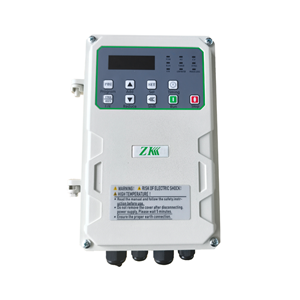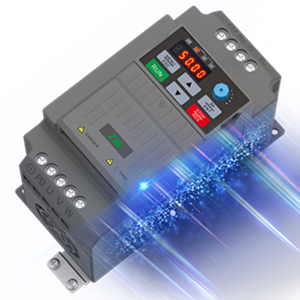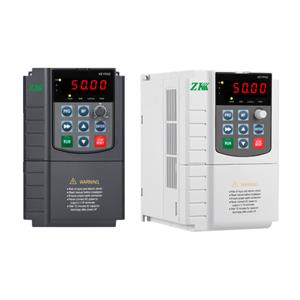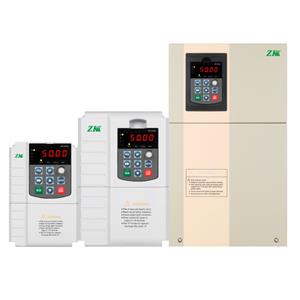Application of Soft Start Technology in High Capacity Inverters
In the realm of industrial automation and power management, high capacity inverters play a pivotal role, managing substantial power loads and ensuring smooth and efficient operation of various equipment. One crucial aspect of these high capacity inverters is the implementation of soft start technology, which reduces the inrush current and minimizes mechanical stress during the startup phase. This article delves into the key points of integrating soft start technology in high capacity inverters, highlighting its benefits, working principles, and implementation strategies.
Understanding Soft Start Technology
Soft start technology, fundamentally, refers to a method that allows gradual increase in the voltage supply to an electric motor, thereby controlling the acceleration and reducing the inrush current typically observed during the startup of high capacity inverters. This mechanism is essential to prevent mechanical shock and electrical stress on the high capacity inverters, thereby enhancing the longevity and reliability of the equipment.
Benefits of Soft Start Technology in High Capacity Inverters
1. Reduction of Inrush Current: At the core of its benefits, soft start technology significantly reduces the initial surge of electrical current. This reduction protects electrical components, particularly in high capacity inverters, from potential damage. Inrush current, if unmanaged, can lead to blown fuses, tripped circuit breakers, and potentially severe damage to sensitive electronic components.
2. Minimized Mechanical Stress: By controlling the acceleration of motors, soft start technology mitigates the mechanical wear and tear on moving parts. This reduction in mechanical stress translates to prolonged equipment life and decreased maintenance costs. High capacity inverters often operate in demanding environments where mechanical integrity is critical, making soft starters particularly valuable.
3. Energy Efficiency: Soft start technology contributes to energy conservation by optimizing the power consumption during the start-up phase. High capacity inverters, when started softly, draw power more efficiently and operate more harmoniously with existing electrical grids, reducing overall energy usage.
4. Reduced Operational Noise: The gradual increase in motor speed facilitated by soft start technology helps in lowering operational noise levels. In high capacity inverters, high capacity inverters not only improves the working environment but also reduces vibration-induced wear and associated maintenance issues.
Working Principles of Soft Start Technology
Soft start technology typically involves the use of solid-state devices, such as thyristors or silicon-controlled rectifiers (SCRs), to modulate the voltage supplied to the motor. Initially, the voltage is kept low, and it is incrementally increased over a predefined period until the motor reaches its full operational speed. This gradual voltage ramp-up is what characterizes soft start technology.
In high capacity inverters, the implementation of soft start technology involves complex control algorithms that precisely regulate the voltage and current. Microcontrollers or digital signal processors (DSPs) are often used to manage these control algorithms, ensuring a smooth and controlled start-up process.
Implementation Strategies
1. Integration with Motor Drives: One common strategy is the integration of soft start technology directly into motor drives. This approach ensures that the soft start mechanism is inherently tied to the operation of the high capacity inverter, offering seamless control and optimization.
2. Standalone Soft Starters: For certain applications, standalone soft starters may be deployed. These devices can be connected between the power supply and the motor, providing the benefits of soft start technology without modifying the existing high capacity inverter system. This method offers flexibility and can be an economical solution for retrofitting older systems with modern soft start capabilities.
3. Programmable Logic Controllers (PLCs): High capacity inverters often work in conjunction with PLCs, which can be programmed to manage the soft start process. By embedding the control logic within the PLC, operators can achieve a higher level of customization and control over the high capacity inverter's start-up behavior.
Conclusion
The application of soft start technology in high capacity inverters is a critical advancement in modern industrial automation and power management. By reducing inrush current, minimizing mechanical stress, enhancing energy efficiency, and lowering operational noise, soft start technology significantly improves the operational efficiency and longevity of high capacity inverters . Whether through integration with motor drives, standalone solutions, or PLC-based control, the proper implementation of soft start mechanisms ensures that high capacity inverters operate smoothly and reliably, meeting the demanding requirements of today’s industrial landscape.




